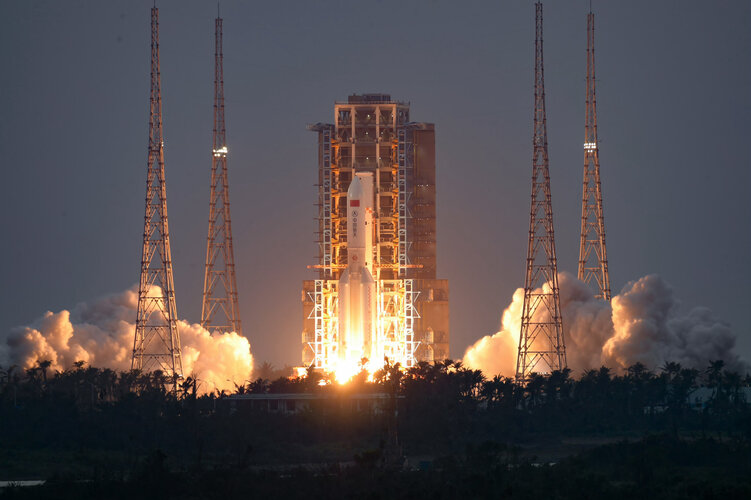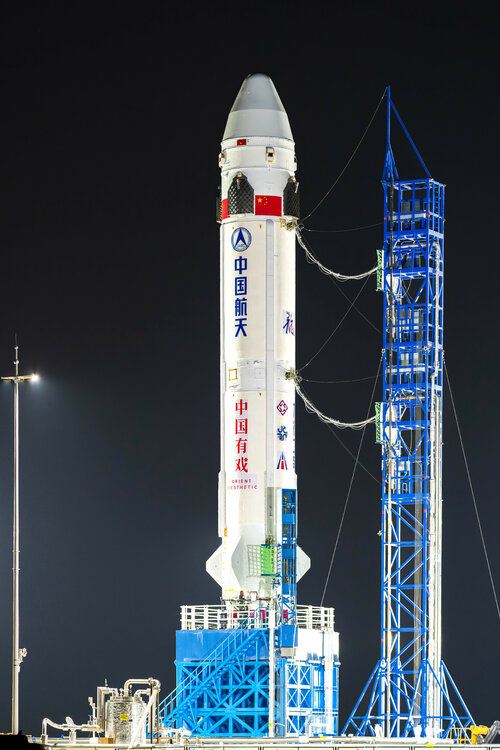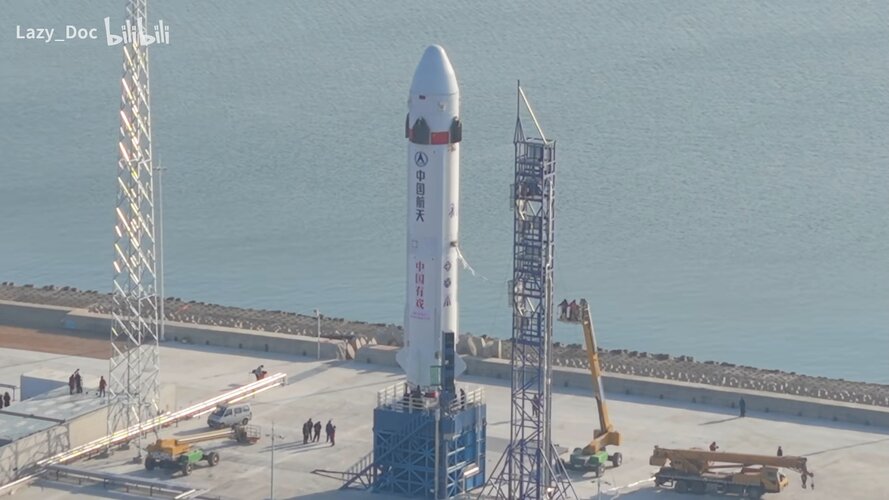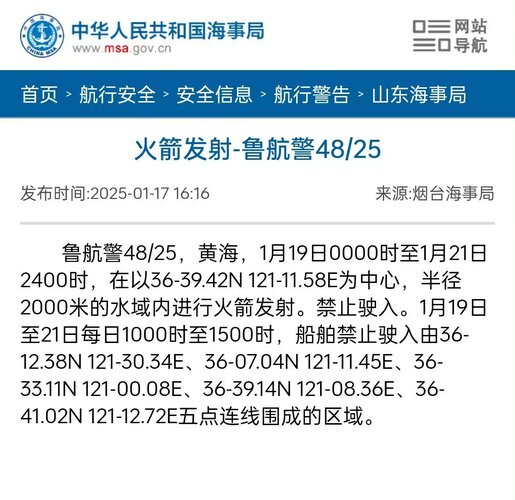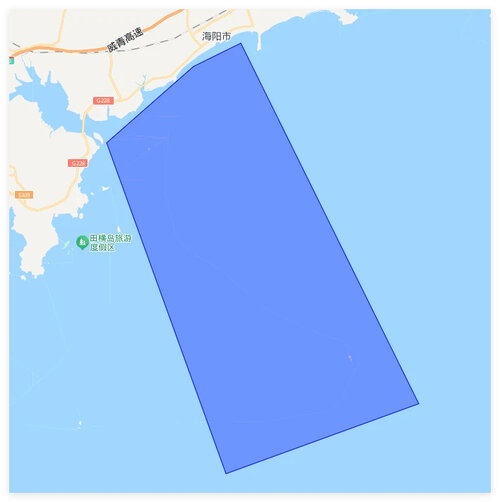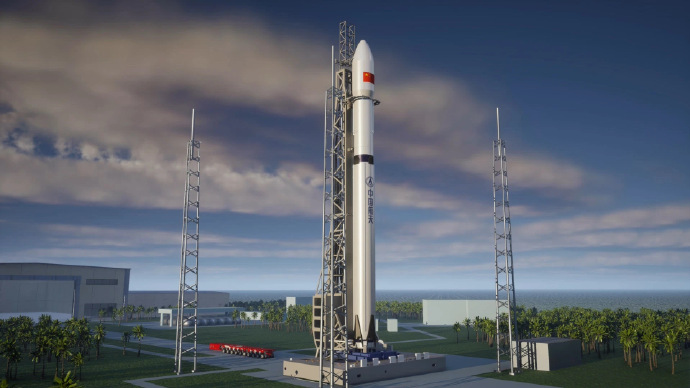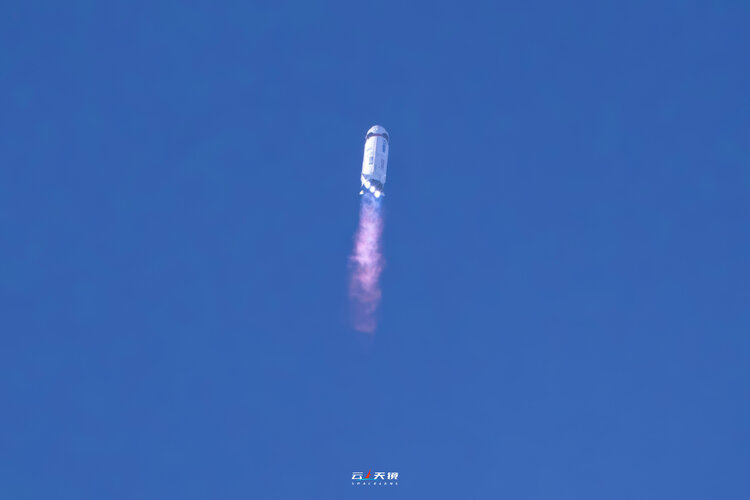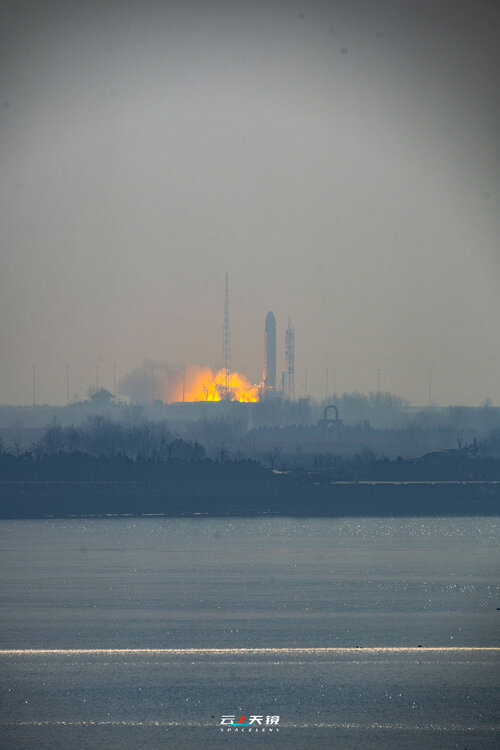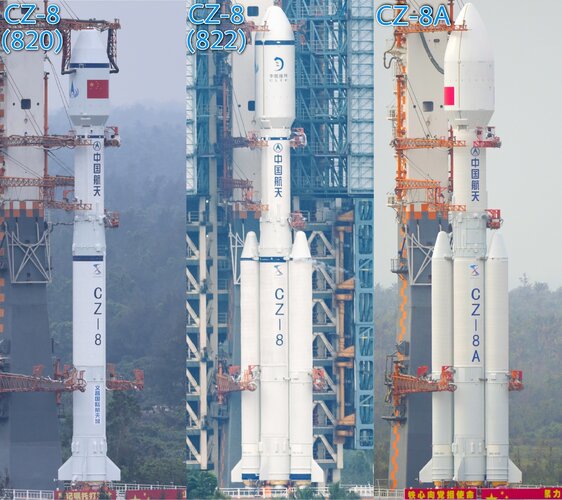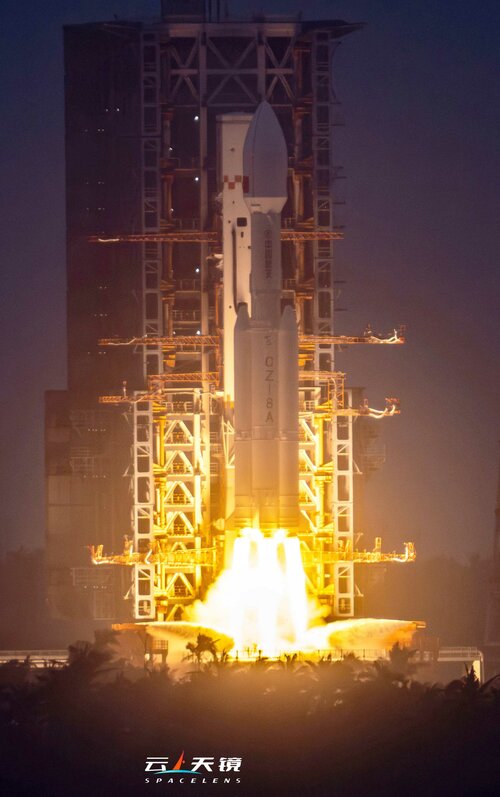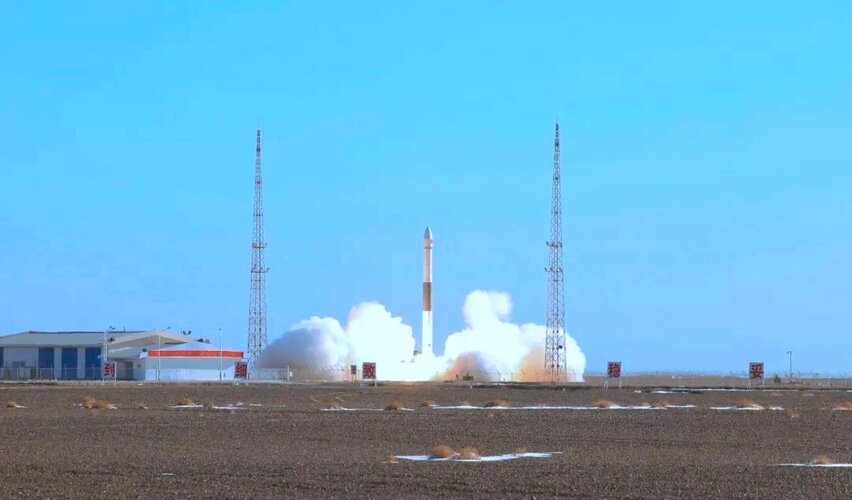TheKutKu
ACCESS: Secret
- Joined
- 13 February 2023
- Messages
- 464
- Reaction score
- 1,387
Two noteworthy pieces of news:
The first is that the Shenzhou 19 crew (Cai Xuzhe, Song Lingdong) just did their first EVA, and apparently broke the record for longest spacewalk at 9hour and 6 min, the previous record (8h56min) dated from STS-102 in 2001. During the spacewalk they installed a space debris protection device, and did various inspections.
View: https://x.com/CNSpaceflight/status/1869051788978159692
The other is that on the 16th, the first operational batch (10 satellites) of the "Guowang" or "Zhongguo XingWang" (China SatNet) LEO broadband internet satellite constellation was launched by the Heavy launcher CZ-5B from Wenchang to a 1150 km polar orbit.
This is the second of the two big chinese LEO broadband internet constellation, alongside Qianfan/G60/Spacesail, unlike Qianfan, it is a central government program for national purpose, with presumably a military compatibility, it is therefore relatively unlike the commercial, international-focused and provincially-funded Qianfan, its closest analogue as a governmental dual use Civilian-military program would be the european Iris² network, although on a much larger scale.
The full constellation is supposed to have 12000 satellites, with about 6500 in Very low orbit below 500km and 6500 in 1100-1200 km orbit. These are filled as separate constellations and both need to launch at least 50% of the satellites by 2032 according to radio spectrum regulations promulgated by the International Telecommunication Union..
The satellites are built by CALT, the main satellite-making subsidiary of CASC, at a new factory in Tianjin, the current production rate is only 100 satellites a year, but another factory is being built in Wenchang with a planned production rate of 1000 satellites a year, expected to open in about a year, in the meanwhile, the production rate seems to be enough for the planned launch rate in 2025.
There is still a big question mark about technical details of the Guowang satellites, the low number of satellites launched came off as a surprise, since CZ-5B has a High leo polar orbit capability around 15-20 tons. Recent informations seem to indicate that these satellites are rather large, possibly between 1 and 2 ton heavy and not of a "flat" design like Starlink and Qianfan. If so, the launch of over 13000 of them may be a challenge and an effort more comparable to what SpaceX wants to do with their "full scale", Starship launcher Starlink v3 satellites, launching half of that before 2032 may be a challenge without a reusable SHLV.
This particular launch used the YuanZheng-2 upper stage, it is about 8-10 tons heavy and powered by a restartable hypergolic engine, it is located under the fairing. This enabled the CZ-5B core stage to be separated on a suborbital trajectory, and it crashed off the coasts of chile instead of having an uncontrolled reentry like the previous ones. CASC has announced that there will be more dedicated CZ-5B launches for Guowang. So far CZ-5B had only been used for CMSA launches.

Some pretty pictures:
View: https://x.com/Skyfeather16/status/1868645633600770357



The first is that the Shenzhou 19 crew (Cai Xuzhe, Song Lingdong) just did their first EVA, and apparently broke the record for longest spacewalk at 9hour and 6 min, the previous record (8h56min) dated from STS-102 in 2001. During the spacewalk they installed a space debris protection device, and did various inspections.
View: https://x.com/CNSpaceflight/status/1869051788978159692
The other is that on the 16th, the first operational batch (10 satellites) of the "Guowang" or "Zhongguo XingWang" (China SatNet) LEO broadband internet satellite constellation was launched by the Heavy launcher CZ-5B from Wenchang to a 1150 km polar orbit.
This is the second of the two big chinese LEO broadband internet constellation, alongside Qianfan/G60/Spacesail, unlike Qianfan, it is a central government program for national purpose, with presumably a military compatibility, it is therefore relatively unlike the commercial, international-focused and provincially-funded Qianfan, its closest analogue as a governmental dual use Civilian-military program would be the european Iris² network, although on a much larger scale.
The full constellation is supposed to have 12000 satellites, with about 6500 in Very low orbit below 500km and 6500 in 1100-1200 km orbit. These are filled as separate constellations and both need to launch at least 50% of the satellites by 2032 according to radio spectrum regulations promulgated by the International Telecommunication Union..
The satellites are built by CALT, the main satellite-making subsidiary of CASC, at a new factory in Tianjin, the current production rate is only 100 satellites a year, but another factory is being built in Wenchang with a planned production rate of 1000 satellites a year, expected to open in about a year, in the meanwhile, the production rate seems to be enough for the planned launch rate in 2025.
There is still a big question mark about technical details of the Guowang satellites, the low number of satellites launched came off as a surprise, since CZ-5B has a High leo polar orbit capability around 15-20 tons. Recent informations seem to indicate that these satellites are rather large, possibly between 1 and 2 ton heavy and not of a "flat" design like Starlink and Qianfan. If so, the launch of over 13000 of them may be a challenge and an effort more comparable to what SpaceX wants to do with their "full scale", Starship launcher Starlink v3 satellites, launching half of that before 2032 may be a challenge without a reusable SHLV.
This particular launch used the YuanZheng-2 upper stage, it is about 8-10 tons heavy and powered by a restartable hypergolic engine, it is located under the fairing. This enabled the CZ-5B core stage to be separated on a suborbital trajectory, and it crashed off the coasts of chile instead of having an uncontrolled reentry like the previous ones. CASC has announced that there will be more dedicated CZ-5B launches for Guowang. So far CZ-5B had only been used for CMSA launches.
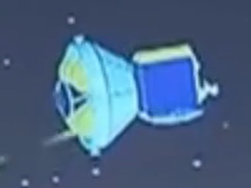
Some pretty pictures:
View: https://x.com/Skyfeather16/status/1868645633600770357
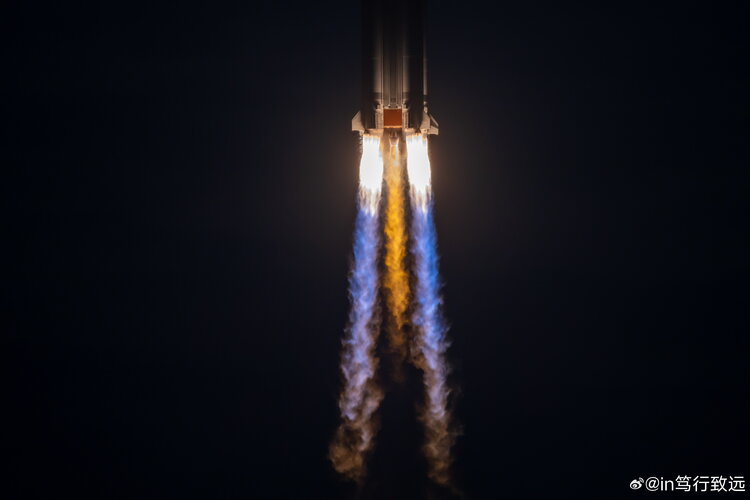
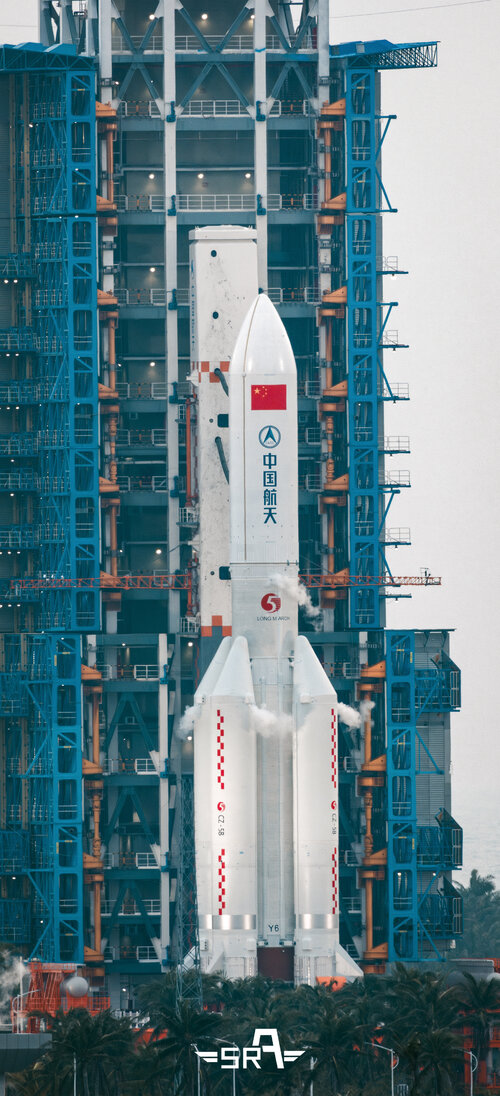
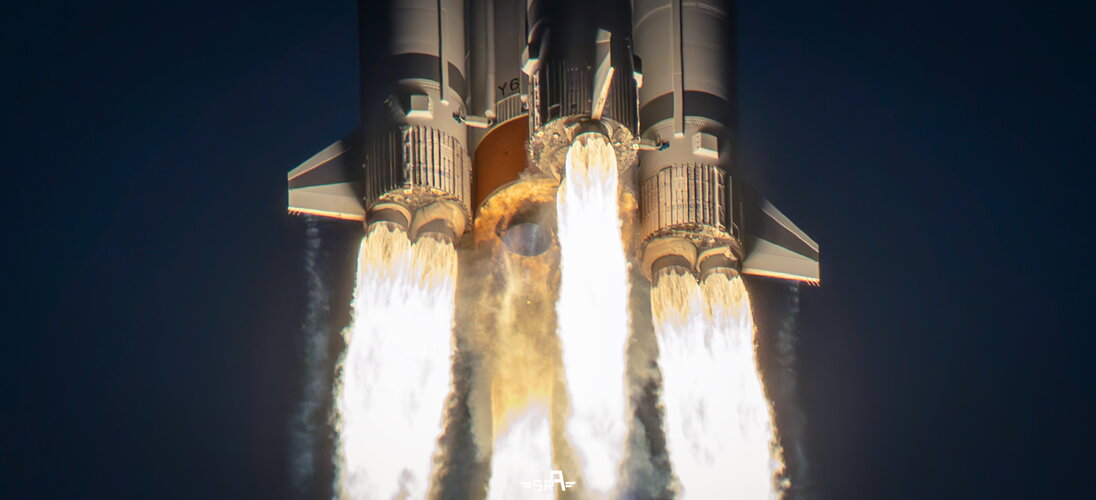
Attachments
Last edited:

